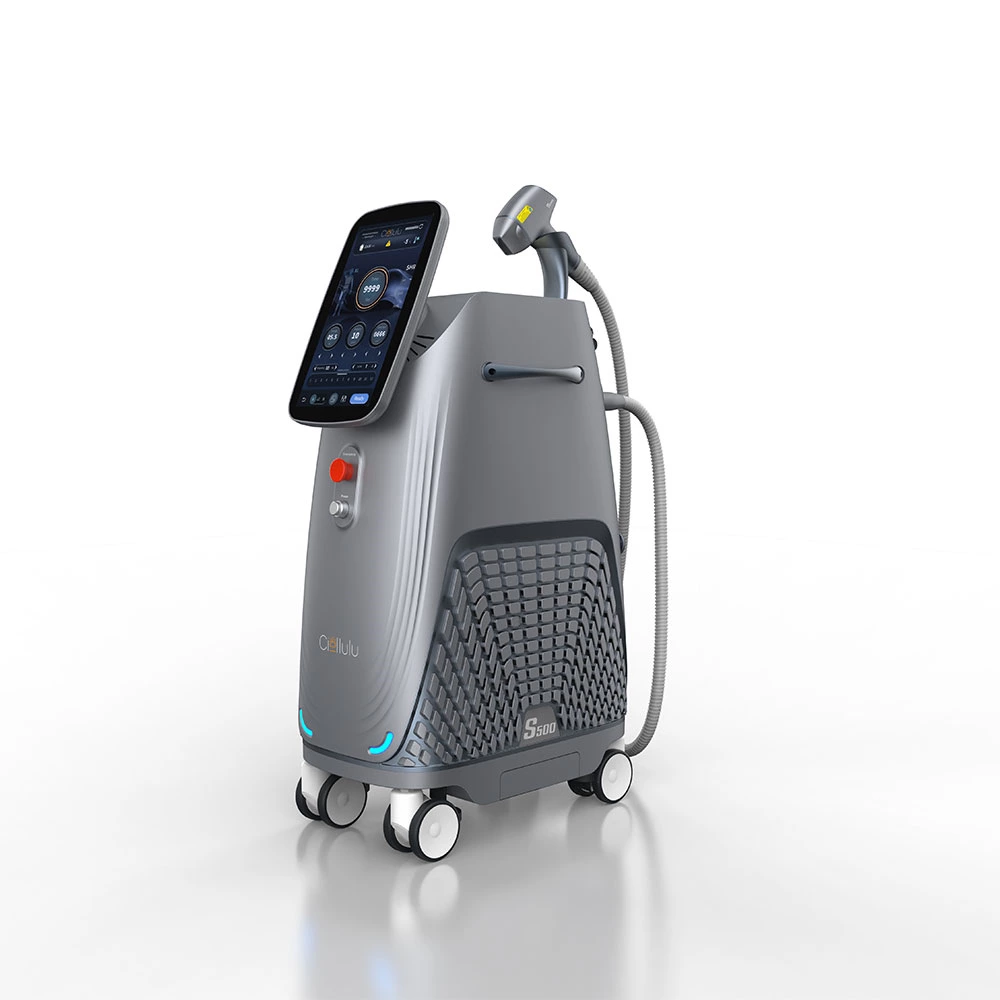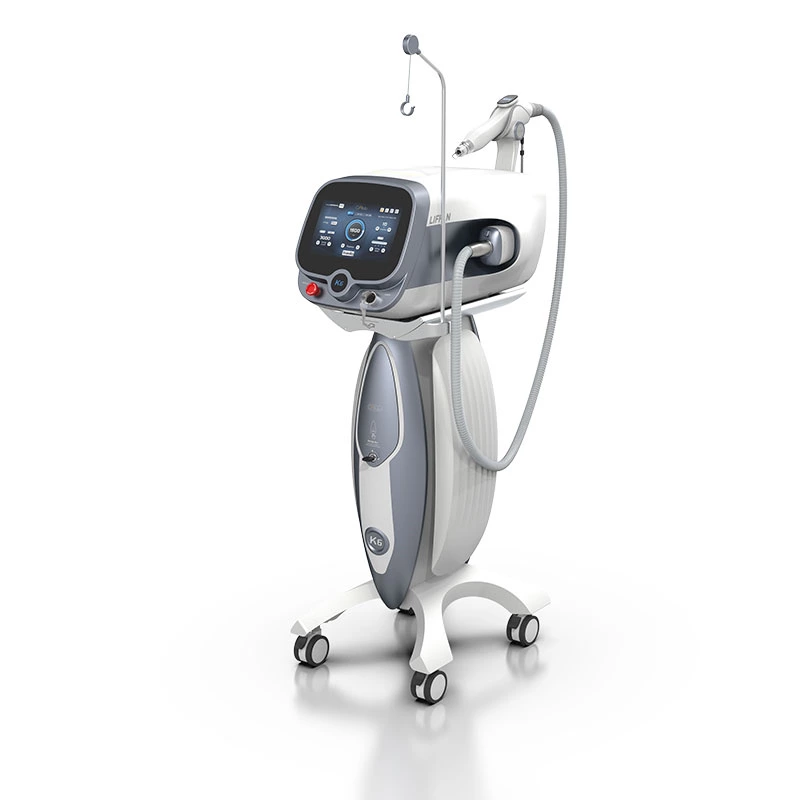Blue nevus

Blue nevus
Blue nevus is also called benign mesenchymal melanoma, blue nerve nevus, pigment cell tumor, melanin fibroma, benign mesenchymal melanoma or Jadassohn-Tieche blue nevus, etc. It is a benign tumor composed of blue nevus cells. There are three types of blue nevus: common blue nevus, cellular blue nevus and combined blue nevus. Common blue nevus has large skin lesions, often progresses, and occasionally has benign metastasis to lymph nodes. It can be congenital or appear after birth. In addition to being common in the skin, it can also occur in the oral mucosa, cervix, vagina, spermatic cord, prostate and lymph nodes. Blue nevus may become malignant.
1. Etiology and pathogenesis
Blue nevus is caused by abnormal melanocyte aggregation in the dermis. It is relatively rare and is often accompanied by pigment, cardiac myxoma, skin mucosal myxoma (LAMB syndrome), and is related to nodular mast cell hyperplasia. Its histology has a certain relationship with pigment cells and mast cells.
Through ultrastructural and acetylcholinesterase activity analysis, it is speculated that blue nevus may originate from Schwann cells or endogenous melanin. However, blue nevus cells can synthesize melanin, which indicates that they are derived from melanocytes. Blue nevus is considered to be normal melanocytes appearing in abnormal parts with abnormal functions. Therefore, it is speculated that both ordinary blue and cell monitoring nevus are benign proliferations of abnormal neural pigment cells. The blue-gray appearance of blue nevus is mainly due to the visual effect produced by the dermal melanin covering the epidermis. The long wave of visible light passes through the deep dermis and is absorbed by pigment cells, while the short wave (blue) cannot be absorbed and is reflected to the viewer's eyes to show color. The occurrence of fulminant blue nevus is related to sun exposure. Pigment tumors with blue nevus histological characteristics can be induced by DMBA in hairless mice or guinea pigs.
2. Clinical manifestations
Blue nevus is more common in women and often occurs since childhood. It is common on the face, the sides of the limbs, especially the hands, feet, back, face, waist and buttocks, and occasionally on the oral mucosa, prostate and cervix. Blue nevus usually occurs on the skin, rarely in the oral cavity, vagina, cervix, axillary lymph nodes and prostate. Clinically, it is divided into three types.
(I) Common blue nevus
Common blue nevus is more common in women, usually acquired, occurs since childhood, and is prone to occur on the face and extensor side of the limbs, especially on the back of the hands and waist and buttocks. The skin lesions are mostly single, occasionally several, and usually do not exceed 1 cm in diameter. They are small gray-blue or blue-black nodules with round tops and solid texture. They can merge into pieces with clear boundaries. They appear as blue, blue-gray or blue-black papules. They can occur in any part of the body, but half of them occur on the back of the hands and feet. This type of blue nevus generally does not become malignant.
(II) Cellular blue nevus
Cellular blue nevus is rare, more common in women, and generally exists at birth. It appears as blue-gray or blue-black nodules or plaques with a diameter of 1~3 cm, occasionally larger. The surface is usually smooth, or irregular, with clear boundaries. About half of the cases occur on the buttocks or lower back. Those with large areas are often accompanied by multiple satellite lesions. This type of blue nevus may occasionally develop from congenital nevus cell nevus and is more likely to transform into malignant melanoma.
(III) Combined blue nevus
Combined blue nevus is a blue nevus complicated by nevus cell nevus. It is generally darker in color, of varying sizes, and has a smooth or irregular surface. This type of blue nevus may become malignant.
3. Pathological characteristics
(I) Common blue nevus
There are a large number of dermal melanocytes, which are mainly located in the middle and deep parts of the dermis, occasionally extending downward to the subcutaneous tissue or upward near the papillary dermis. Melanocytes are long spindle-shaped, similar to fibroblasts, contain melanin, and are Dopa-positive. There is extensive fibrous tissue in the reticular layer of the dermis. In the areas where melanocytes gather, there are often mixed unequal amounts of fibroblasts and melanophages. The latter are different from melanocytes, with larger cell bodies, coarser melanin granules, no dendrites, and negative Dopa reactions.
(II) Cellular blue nevus Common blue nevus components can be seen in cellular blue nevus, such as dendritic cells with increased pigmentation. In addition, some spindle cells are often seen, with large cell bodies, oval nuclei, rich cytoplasm, light staining, and little or no melanin. These cells are often closely arranged in islands or cords, and melanocytes rich in melanin can be seen around them.
(III) Combined blue nevus Combined blue nevus itself can be common or cellular. Concurrent cellular nevus can be junctional nevus, intradermal nevus or mixed nevus, rarely Spitz nevus.
4. Diagnosis and differential diagnosis
According to clinical characteristics, the diagnosis of blue nevus is not difficult, but pathological examination is required for confirmation. Clinically, it needs to be differentiated from the following diseases
Diagnosis:
1. Dermatofibroma No melanocytes, positive dopa reaction.
2. Malignant transformation of blue nevus In addition to atypical melanocytes, necrotic foci are common, and residual melanocytes are seen.
3. Mongolian spots are present at birth and can disappear on their own or become lighter in color within a few years.
4. Ota nevus The lesion is generally limited to the distribution area of the first and second branches of the trigeminal nerve on one side, and the center of the patch is dark.
5. Ito nevus A pigmented lesion that occurs in the shoulder, neck, supraclavicular area and upper arm on one side, in the distribution area of the posterior supraclavicular nerve and the lateral brachial cutaneous nerve.
The edge gradually fades.
5. Treatment
Generally, blue nevus with a diameter of <10mm and stable for many years without change usually do not require treatment. For those with a diameter of >10mm, those with sudden appearance of blue nodules or enlargement of existing blue nodules in recent times, surgical excision should be performed, and histopathological examination is required for suddenly spreading nodular blue. The depth of excision should include subcutaneous fat to ensure that abnormal melanocytes can be completely removed. If pathological examination confirms that malignant transformation has occurred, it should be treated according to the treatment principles of malignant melanoma. If there are suspicious changes in plaque-shaped blue nevus, regular examinations and consideration of excision are required. Cellular blue nevus should generally be excised because of the possibility of malignant transformation. Skin lesions should be excised to the subcutaneous fat to ensure complete excision, because cellular blue nevus often reaches the subcutaneous tissue. Blue nevus is also a type of dermal melanin hyperplasia. Theoretically, it can be treated with Q-switched laser, but in reality, due to its very high melanin density, laser cannot cure it and it can only be solved by surgery and other methods.
Source: Blue nevus




 Ciellulu Laser - Facial Machine Supplier
Ciellulu Laser - Facial Machine Supplier

